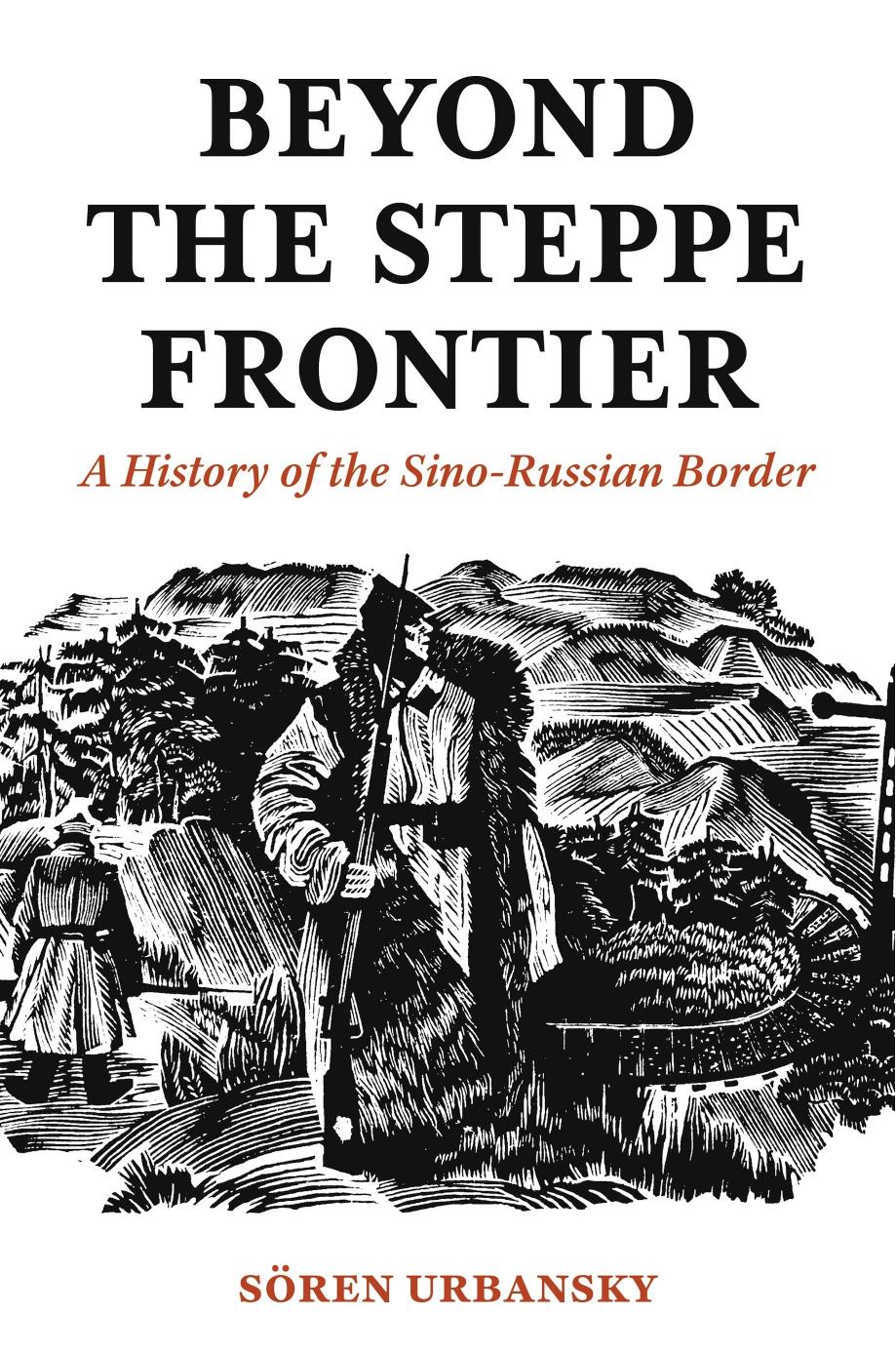

Most ebook files are in PDF format, so you can easily read them using various software such as Foxit Reader or directly on the Google Chrome browser.
Some ebook files are released by publishers in other formats such as .awz, .mobi, .epub, .fb2, etc. You may need to install specific software to read these formats on mobile/PC, such as Calibre.
Please read the tutorial at this link: https://ebookbell.com/faq
We offer FREE conversion to the popular formats you request; however, this may take some time. Therefore, right after payment, please email us, and we will try to provide the service as quickly as possible.
For some exceptional file formats or broken links (if any), please refrain from opening any disputes. Instead, email us first, and we will try to assist within a maximum of 6 hours.
EbookBell Team

0.0
0 reviewsThe Sino-Russian border, once the world’s longest land border, has received scant attention in histories about the margins of empires. Beyond the Steppe Frontier rectifies this by exploring the demarcation’s remarkable transformation—from a vaguely marked frontier in the seventeenth century to its twentieth-century incarnation as a tightly patrolled barrier girded by watchtowers, barbed wire, & border guards.
Through the perspectives of locals, including railroad employees, herdsmen, & smugglers from both sides, Sören Urbansky explores the daily life of communities & their entanglements with transnational & global flows of people, commodities, & ideas. Urbansky challenges top-down interpretations by stressing the significance of the local population in supporting, & undermining, border making.
Because Russian, Chinese, & native worlds are intricately interwoven, national separations largely remained invisible at the border between the two largest Eurasian empires. This overlapping & mingling came to an end only when the border gained geopolitical significance during the twentieth century.
Relying on a wealth of sources culled from little-known archives from across Eurasia, Urbansky demonstrates how states succeeded in suppressing traditional borderland cultures by cutting kin, cultural, economic, & religious connections across the state perimeter, through laws, physical force, deportation, reeducation, forced assimilation, & propaganda.
Beyond the Steppe Frontier sheds critical new light on a pivotal geographical periphery & expands our understanding of how borders are determined.